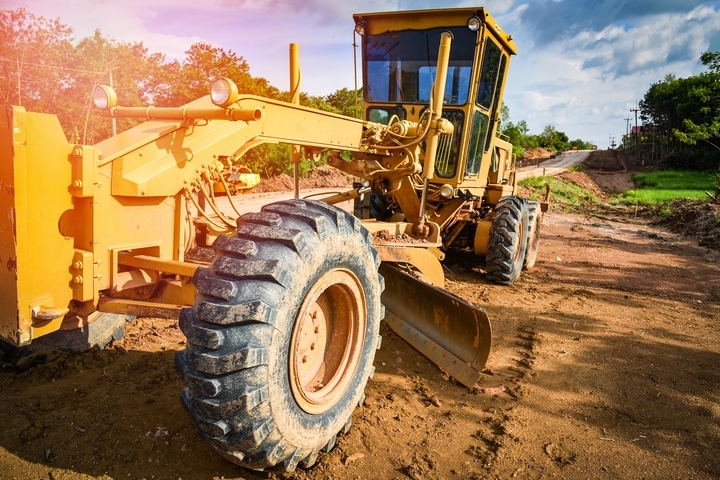All types of tractors exist, varying in size, technology, and function. From large-scale industrial tractors to smaller agriculture-centric tractors, tractors are used to lift, pull, and push faster and more efficiently than human beings alone ever could. The name ‘tractor’ is adapted from the function of high traction at low speed.
With four-wheel drive, power steering, and a diesel engine, these are highly powerful vehicles and machines. As you’ll find, each tractor type is differentiated by its features and made-for-use.
Here are the eleven different types of tractors and their best features:
Type #1: Earth-Moving Tractors
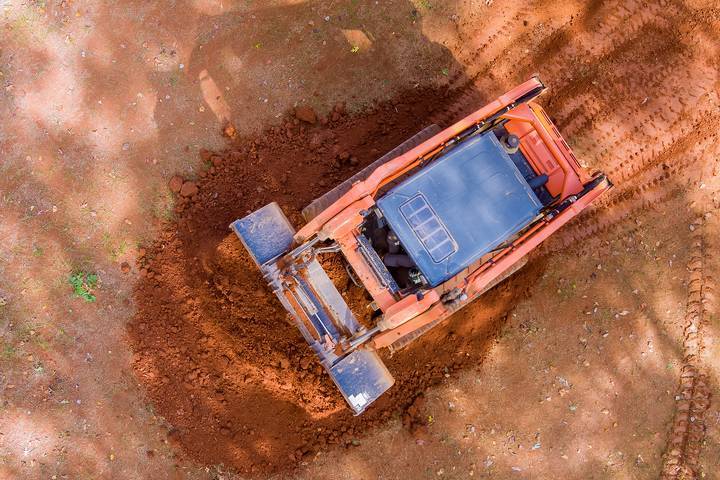
Earth-moving tractors include excavators for demolishing and digging, backhoe loaders for digging holes and breaking up asphalt, and bulldozers or crawlers to clear away debris. They are extremely common in construction and can be used to move materials like dirt, debris, rocks, lumber, or similar material.
Type #2: Utility Tractors
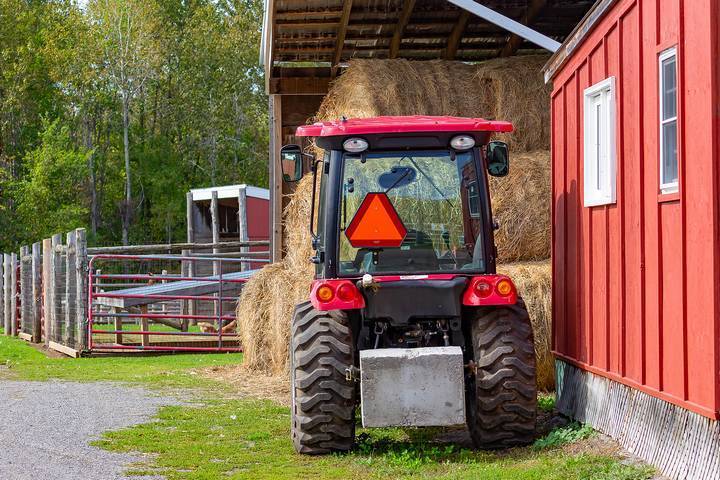
Consider utility tractors as the sort of general-purpose tractor you may see on a farm to plow and pull heavy farm equipment, i.e. harvesters, tillers, cutters, and threshers. They’re fitted with low-to-medium-power engines designed to help drive another type of equipment.
For a farmer on a budget searching for a tractor to help them do many things, a utility tractor is what they’re looking for. Consult a tractor dealer for more information.
Type #3: Row Crop Tractors
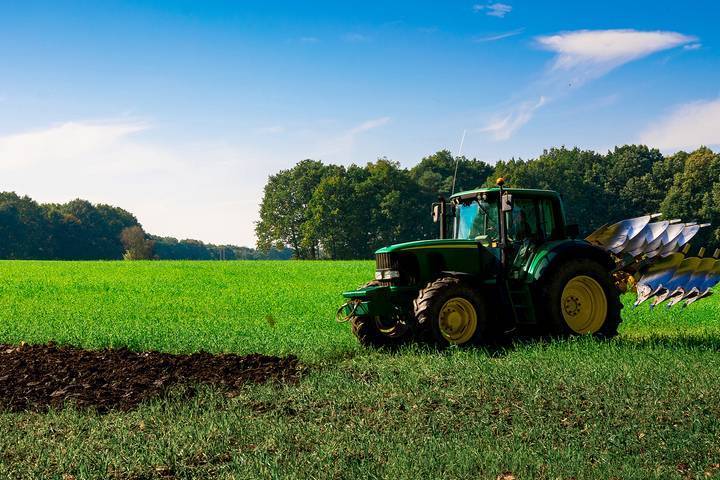
Row crop tractors are another type of farming tractor. Its work relates to crops that grow in rows and can aid with weed control, plowing, levelling dirt, pulling seed drills, and harrowing. There isn’t a better type of machine you can put on rows of crops.
These types of tractors are equipped to drive easily, provide excellent row-spacing functionality, have top-quality ground clearance, and can be attached with different implements as needed.
Type #4: Implement-Carrier Tractors
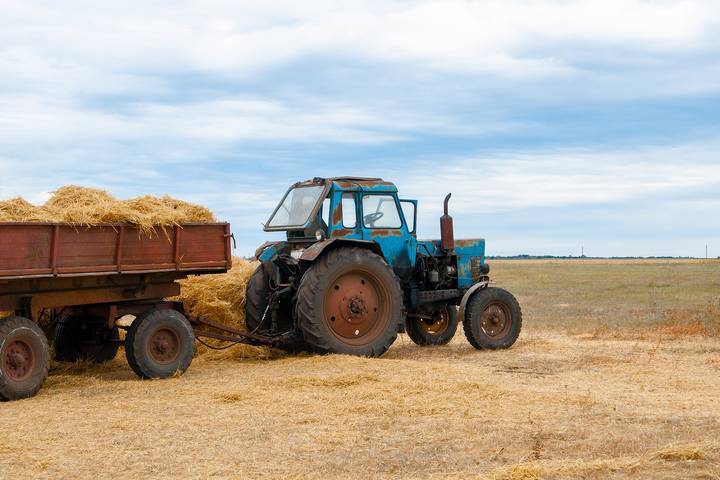
As one might expect, implement-carrier tractors are designed to mount implements. Drills, sprayers, seed drills, rotary sweepers, loaders, and dusters are all examples of implements that couple with this type of tractor. Because the tractor must be able to carry and mount so many different types of equipment, the chassis frame is extended between the front and rear tires.
Type #5: Industrial Tractors
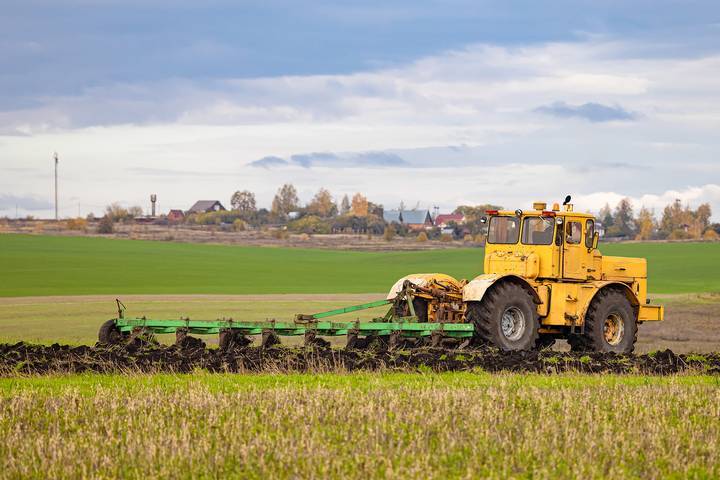
Once known as ‘tuggers,’ industrial tractors are used to pull heavy loads. These days, most are fitted with a crane boom so that loads can be collected, moved, and offloaded.
Industrial tractors are typical agriculturally to move logs of wood or in factories to transport and move heavy assets. Like the other tractors on this list, these are available in different models and horsepower strengths.
Type #6: Garden Tractors
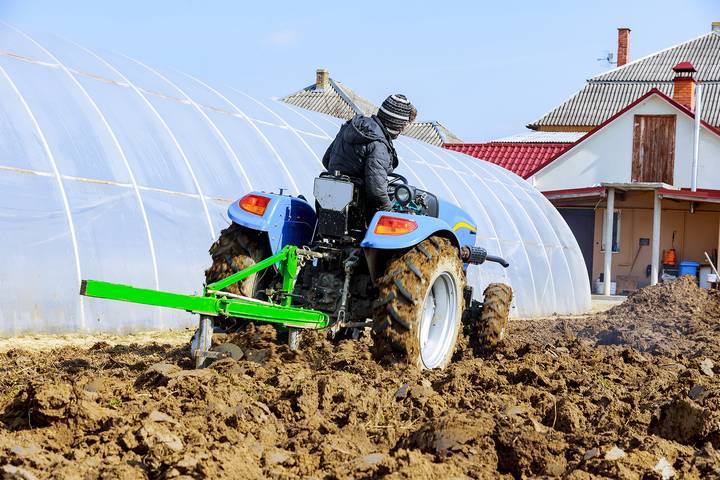
Garden tractors are used to cut grass, help prepare flower beds for planting, and similar landscaping and land grooming needs. They are driven by thick scooter wheels and are probably not what one normally thinks of when one thinks about tractors. Nevertheless, garden tractors are important when/if you need to prepare large swaths of land.
Type #7: Rotary Tillers
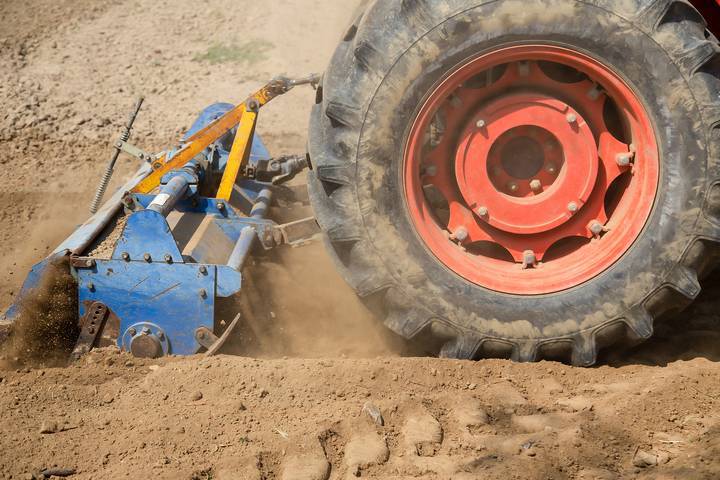
A rotary tiller is often used in small farms and fields at varying height levels where traditional tractors may not work so efficiently. A rotary tiller walks and can move over hills without any problem.
Think of a rotary tiller as a motorized cultivator capable of working the soil, converting the hardest and more clunky soil into a fine bed.
Type #8: Orchard Tractors
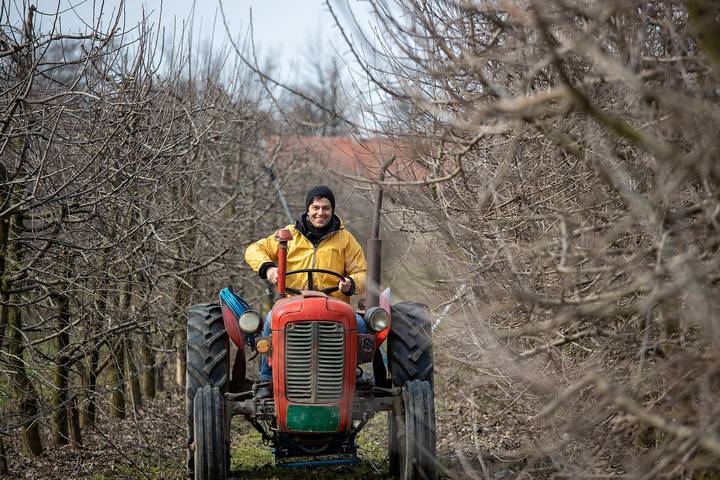
Used across orchards and wineries, orchard tractors are specially designed for the environment. They have a tall height and small width so that users can safely navigate their orchard fields while being up high enough to see and pick fruit or trim trees.
Orchard tractors are highly optimized from top to bottom, including tires resistant to thorn damage. They’re easy to learn and shouldn’t pose any hassle getting around your trees.
Type #9: Compact Tractors
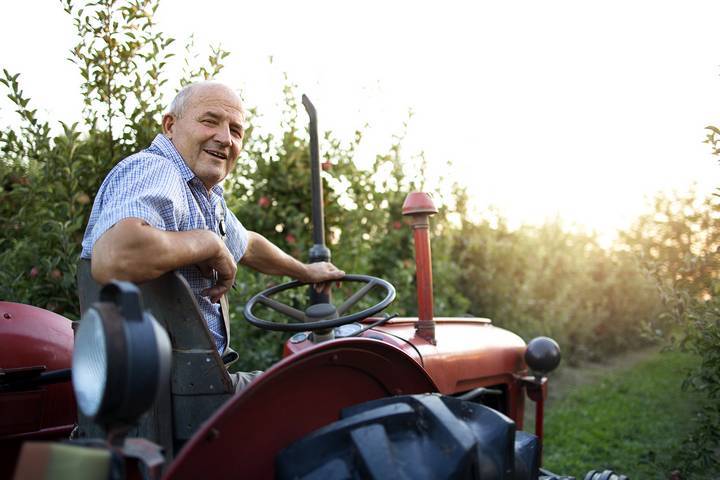
Compact tractors are used for small acreages and maneuvering across narrow ground. They’re made for homeowners and small farms. This tractor is used for mowing and tilling when landscaping, land-clearing and snow removal, and hauling and pulling on small land projects.
Smaller than compact tractors, you also have sub-compact tractors that perform comparable work in a smaller frame, which is extremely popular among hobby farmers.
Type #10: Specialty Tractors
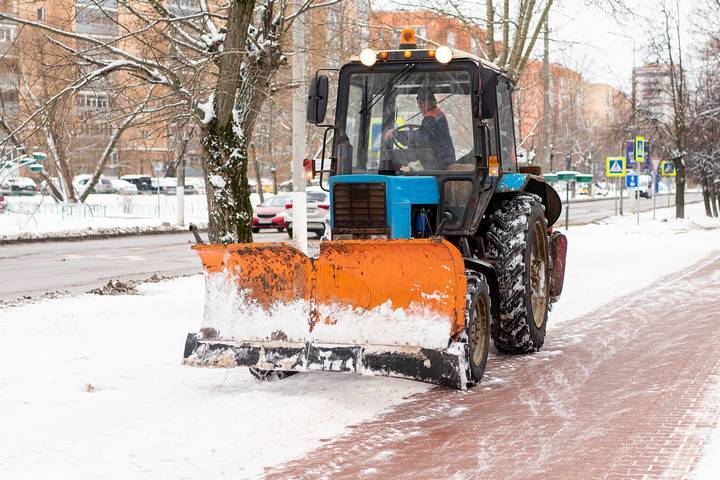
There is a long list of specialty tractors customized to different operatives. These are tractors specifically built for the application. Some narrow tractors twist and turn in tight spaces or on narrow land areas.
Some are crawler tractors, where the tractors move on roller belts or tracks across the rough ground instead of wheels. Specialty tractors can tackle almost any area, no matter how narrow, steep, uneven, or hard-to-reach the ground is.
Type #11: Driverless Tractors
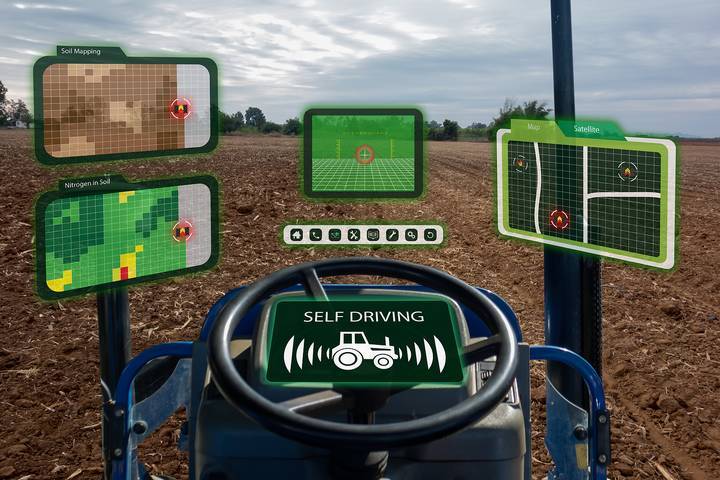
As we look to the future, the latest iteration of tractors is driverless tractors. Software, computers, drone technology, GPS, or satellite run these. They are in early development, but it’s predicted these tractors will be capable of handling most agricultural and industrial jobs. The ability to remote control a tractor has the potential to drastically change the way tractors are used.

